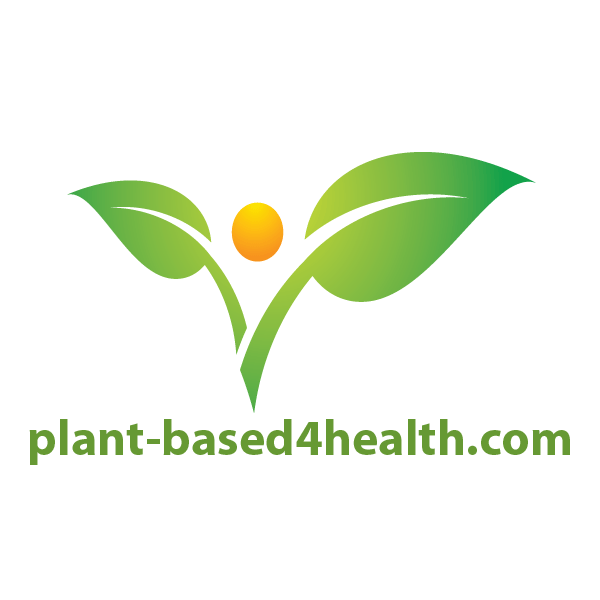
by plant4health | Feb 6, 2015 | Plant-based, Vegan, Vegan restaurants
-

-
Happy Cow photo at Wild Cow in Nashville
-

-
Pear, spinach salad at Millenium in SF
-

-
Grilled tofu with rice and veggies at Wild Cow in Nashville
-

-
Mike Gospe enjoying a taco sampler at Wild Cow in Nashville
I was a vegetarian for 18 years before I became a vegan in 2010. Once I cut out dairy, I realized just how much cheese is in restaurant fare – on salads, over pasta, on pizza, etc. Over the years, I’ve learned to plan ahead, explore new restaurants and not hesitate to ask wait staff for their assistance in selecting vegan-friendly menu items. Here are some tips that I’ve learned…
Friends & Family:
When dining at a family member’s or friend’s home: (more…)
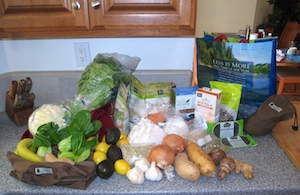
by plant4health | Feb 3, 2015 | Plant-based
Did you know that you hold Consumer Power, the power to change how foods are being produced and what foods are available in the stores?
Think about it… whenever you go to the grocery store and make a purchase you are sending a message to the company selling that product, all of the businesses that helped produce it (manufacturers and suppliers) and the store, that you like this product. You are casting your vote, “Yes, I want more”. (more…)
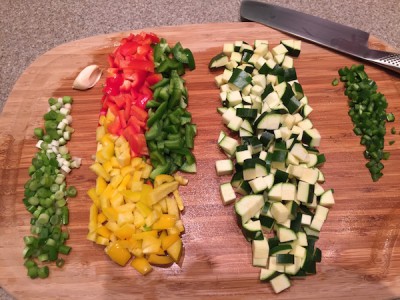
by plant4health | Jan 29, 2015 | Nutrition, Plant-based, Vegan, Whole food, plant-based
In response to many requests for detailed information on how to eat a low glycemic alkaline diet to reverse disease, we have developed this Healing with Food: Menu Guide. We’ve experienced first hand how focusing on nutrition, alkalizing the body, and eating only whole plant-based foods reverses cancer. Read our story.
Our website has many wonderful resources about the benefits of a plant-based diet and the importance of balancing your pH during the healing process and in maintaining perfect health.
We’d love to hear from you about your experience eating a plant-based diet. Contact us to share your story.
Follow our blog and join us as we learn how to be healthy from the inside out.
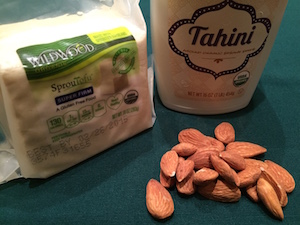
by plant4health | Jan 26, 2015 | Nutrition, Vegan, WFPB, Whole food, plant-based
The second question vegans are asked, after “where do you get your protein,” is usually “so what about calcium? Don’t you need milk products for that?”
Just as we can get all the protein we need from whole food plant-based (WFPB) sources, we can also get all the calcium we need.
Calcium, an alkaline earth mineral, is a building block of teeth and bones and is important in signaling cellular processes. Long-term calcium deficiency can lead to osteoporosis (thinning of the bones), rickets (weakening of the bones) and a reduction in the blood’s ability to clot.
We have grown up thinking that the best sources of calcium are milk, cheese, yogurt, etc. However, many research studies show that the countries in which dairy consumption is the highest, also have the highest incidence of osteoporosis and hip fractures. Dairy products (and meat) create acid in our bodies. Our bodies then pull calcium from our bones, which is highly alkaline, to neutralize the acid, resulting in calcium loss.
It’s important to not only consume calcium (via plant-based sources), but to prevent it from being leached from your bones. Other than eating an alkalizing diet, the Physicians Committee for Responsible Medicine, PCRM.org, recommends limiting salt to 1 to 2 grams per day (since it increases calcium loss via the kidneys), limiting alcohol (since it reduces your body’s ability to build new bone) and not smoking. In addition, it’s important to do weight-bearing exercises (like walking, running, hiking, and lifting weights), and to get enough Vitamin D (see below).
The Recommended Dietary Allowance (RDA) of calcium for adults is 1,000 to 1,200 mg per day and 1,300 mg for pregnant or lactating women.
Plant-based sources of calcium include leafy green vegetables, legumes, nuts, seeds, fortified plant milks and fortified orange juice.
Magnesium is also a building block of bones. The RDA for magnesium ranges from 400-420 mg for adult men and 310-400 mg for adult women. Here are some plant-based foods with the amounts of calcium and magnesium per serving:
| Food |
Calcium
|
Magnesium |
| Tofu 1/2 c. made with calcium sulfate |
861 mg |
73 mg |
| Orange Juice (calcium fortified) 1 cup |
349 mg |
27 mg |
| Soy milk (calcium fortified) 1 cup |
200-300 mg |
32 mg |
| Collard greens, cooked 1 cup |
268 mg |
40 mg |
| White beans, 1 cup cooked |
161 mg |
113 mg |
| Dried figs, 10 each |
136 mg |
57 mg |
| Tahini (ground sesame seeds) 2 TB |
128 mg |
28 mg |
| Chick peas /garbanzo beans 1 cup canned |
109 mg |
61 mg |
| Swiss chard 1 cup cooked |
102 mg |
152 mg |
| Kale 1 cup cooked |
94 mg |
23 mg |
| Almonds 1/4 cup |
94 mg |
304 mg |
| Sweet potato, 1 cup boiled |
76 mg |
54 mg |
| Broccoli |
62 mg |
33 mg |
Vitamin D is essential for calcium absorption. Our bodies make Vitamin D through exposure to the sun. So many of us have grown up fearing skin cancer and slather our bodies with sun screen. But 10-15 minutes of sun on our bare skin in the morning or late afternoon is beneficial. As we age, our bodies are not as effective at producing Vitamin D from the sun. And foods, even plant-based, may not be enough. Have your Vitamin D level checked by your doctor and take a D3 supplement as recommended. The RDA for Vitamin D in adults is 600-800 IU.
Sources:
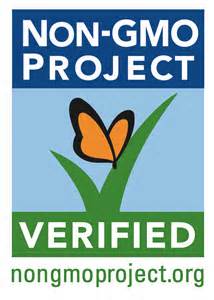
by plant4health | Jan 22, 2015 | Uncategorized
GMO is one of those acronyms everyone recognizes, but few people understand what it really means and why we should be concerned about eating them.
GMO stands for Genetically Modified Organism. An example regarding our food supply; GMO crops are those plants that scientists have changed their genetic makeup so they can withstand direct applications of herbicides and/or produce insecticides in order to control invasive weeds and insects that threaten certain crops.
Supporters for GMO crops claim that genetically engineered plants are the way of the future. According to the Food and Agriculture Organization of the United Nations the potential benefits of GMO plant foods are:
- Better resistance to pests
- Require the use of less pesticides
- More nutritious
- Higher crop yields
- Longer shelf life
- Cheaper to produce
On the surface it all sounds great, a win-win for agriculture, society and the environment. However, many concerns continue to surface. It can be difficult to find the facts when there have been so few scientific studies providing hard evidence proving its safety and widely conflicting opinions. As we await more studies to bring clarity, we must consider what little we know so far: (more…)
by plant4health | Jan 19, 2015 | Nutrition, Plant-based, Vegan
Where do you get your protein? That’s a question most of us who have transitioned to a vegan, whole foods plant-based diet are asked by concerned or inquisitive family and friends.
The answer is, plants! Plants provide all of the protein our bodies need to thrive.
Along with the other macronutrients (carbohydrates and fat), protein is necessary for human survival. Protein is built from twenty amino acids, of which our body makes 11, leaving 9 that we need to get from food (called essential). Plant-based foods contain all of the essential amino acids our bodies need to make high quality protein. (more…)

